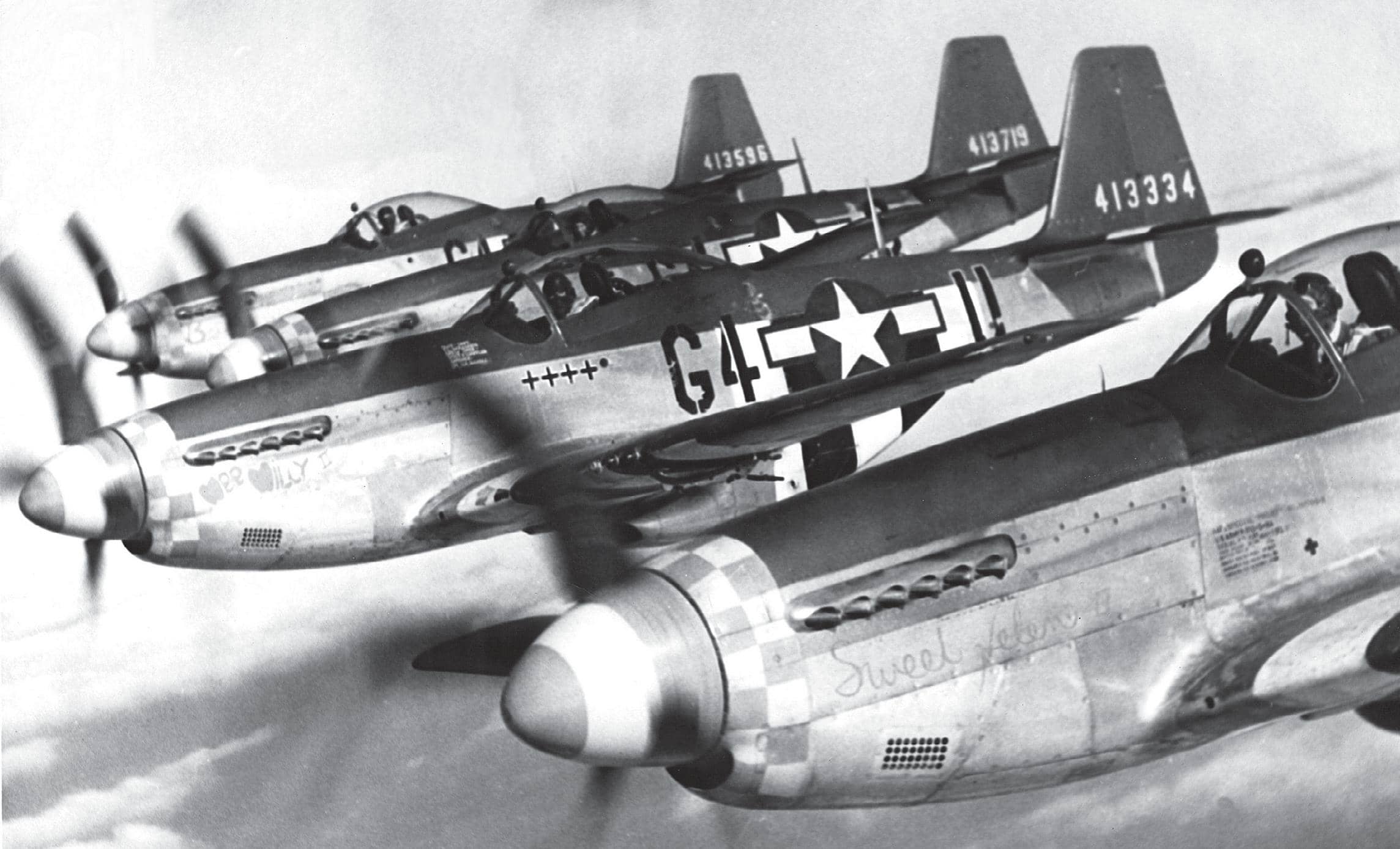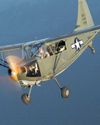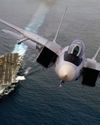Denemek ALTIN - Özgür
FLYING THE NORTH AMERICAN P-51 Mustang
Flight Journal
|June 2020
A triple Ace reports from the cockpit

The North American Aviation P-51 Mustang is my all-time favorite airplane. I have other favorites too, but the P-51 got me through WW II so well that it is the obvious choice for nostalgic reasons alone. The Mustang is a beautiful airplane to look at, and it has such a great, distinctive sound. There are so many legendary stories about the Mustang that it must be every flyboy’s favorite WW II fighter, and I think most objective researchers would agree that it was the best all-around WW II combat fighter. But why was the Mustang so great? In a nutshell, because of its advanced design and overall performance. It was superior in many ways, and if it wasn’t the best in a particular area, it was, at least, very competitive.

Early D-model Mustangs of the 362nd FS are out on a post-D-Day patrol.
Once the Mustang was equipped with the Packard-built Merlin engine, its highspeed performance became outstanding. At altitude, the P-51’s top speed (true airspeed) was close to 440 mph, depending on whose evaluation you read. One of the things that made this possible was the engine’s two-stage, two-speed supercharger. The engine could produce takeoff power at high altitude. It was a great performer at sea level as well as at altitudes of 30,000 to 35,000 feet, with the best speed attained somewhere in between.
Bu hikaye Flight Journal dergisinin June 2020 baskısından alınmıştır.
Binlerce özenle seçilmiş premium hikayeye ve 9.000'den fazla dergi ve gazeteye erişmek için Magzter GOLD'a abone olun.
Zaten abone misiniz? Oturum aç
Flight Journal'den DAHA FAZLA HİKAYE

Flight Journal
ELLIPTICAL ELEGANCE
Flying and evaluating the Seafire Mark III
4 mins
November - December 2025

Flight Journal
IRON DOG
Fighting the Pacific and the P-39 at the same time
14 mins
November - December 2025

Flight Journal
Fighter Pilots: A Warrior Clan
TAKE A HARD LOOK at the two young men in these photos. Do they look as if they were bent on killing one another? On the left we have a young, unknown enlisted Japanese pilot standing in front of a Nakajima Ki-27 \"Nate,\" one of Japan's earliest monoplanes that led to the much vaunted Zero.
3 mins
November - December 2025

Flight Journal
KEN WALSH THE FIRST CORSAIR ACE
Medal of Honor pilot's combat adventures
12 mins
November - December 2025

Flight Journal
Big Chief's Little Chief
Thunderbolt action with the Wolf Pack
11 mins
November - December 2025

Flight Journal
ENEMY PILOTS SPEAK Voices from the other side
All too often American students of air warfare forget that enemy aircraftwhether Messerschmitts or MiGs-were flown by human beings with the same motivations and traits as Allied airmen. More often than not, the only difference between friend and foe was the paint on the airplane and where they landed. Therefore, we've assembled a variety of accounts from WW II Axis fighter pilots, men who were more than simply targets.
11 mins
November - December 2025

Flight Journal
FLYING THE FW 190
A legend gets checked out in the Butcher Bird
15 mins
November - December 2025

Flight Journal
DOUBLE-THEATER ACE
The fearless missions of legendary fighter pilot Col. John D. Landers
12 mins
November - December 2025

Flight Journal
WARBUG IN THE PACIFIC
Surviving combat in a Stinson OY-1/L-5
10 mins
September - October 2025

Flight Journal
WINGS OF THE FLEET
Celebrating the U.S. Navy's 250-year legacy
9 mins
September - October 2025
Translate
Change font size
